From Opponents to Allies: How Conflict Can Drive Systems Change
Opposition is inevitable in systems work. Whether you’re leading a juvenile justice reform effort, redesigning child welfare response, or launching a community-based initiative, someone will disagree with you. And that’s not a problem to avoid—it’s a reality to embrace.
Too often, resistance is seen as a barrier. But when we treat it as a signal—a clue that values are misaligned, history is unacknowledged, or relationships are frayed—we gain the opportunity to shift the dynamic. That’s where the "Name It, Frame It, Game It" framework comes in.
Name It: Be honest about the conflict or tension. Is it fear of change? Lack of trust? Competing priorities? Naming it takes the power out of avoidance.
Frame It: Recast the conflict as an opportunity. What shared values exist underneath the disagreement? How can we center the goal rather than the turf?
Game It: Strategize your next move. How will you engage the opposition in a productive way? What do you need to shift in your stance, language, or assumptions?
In our workshops and technical assistance projects, we've seen system leaders move from defensiveness to curiosity. We’ve seen community members once labeled as "opponents" become essential partners. We’ve seen conflict lead to creativity and alignment.
The work of systems change is not about eliminating conflict—it’s about learning to navigate it. And often, your strongest allies begin as your fiercest critics.
Who are you avoiding? What could be possible if you leaned in?






